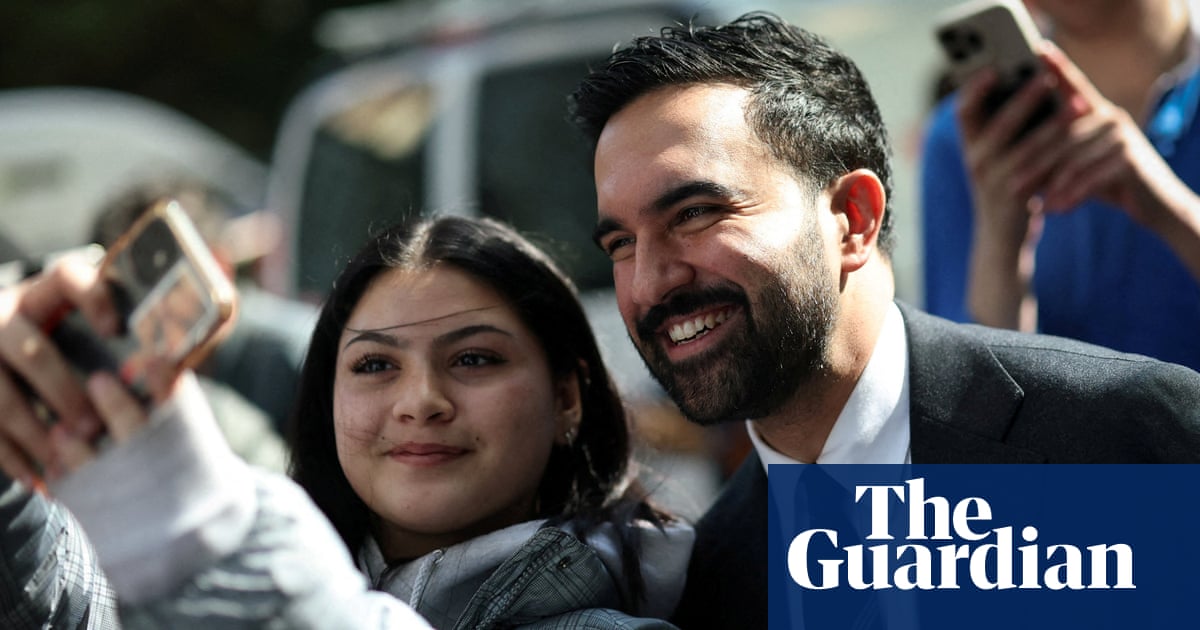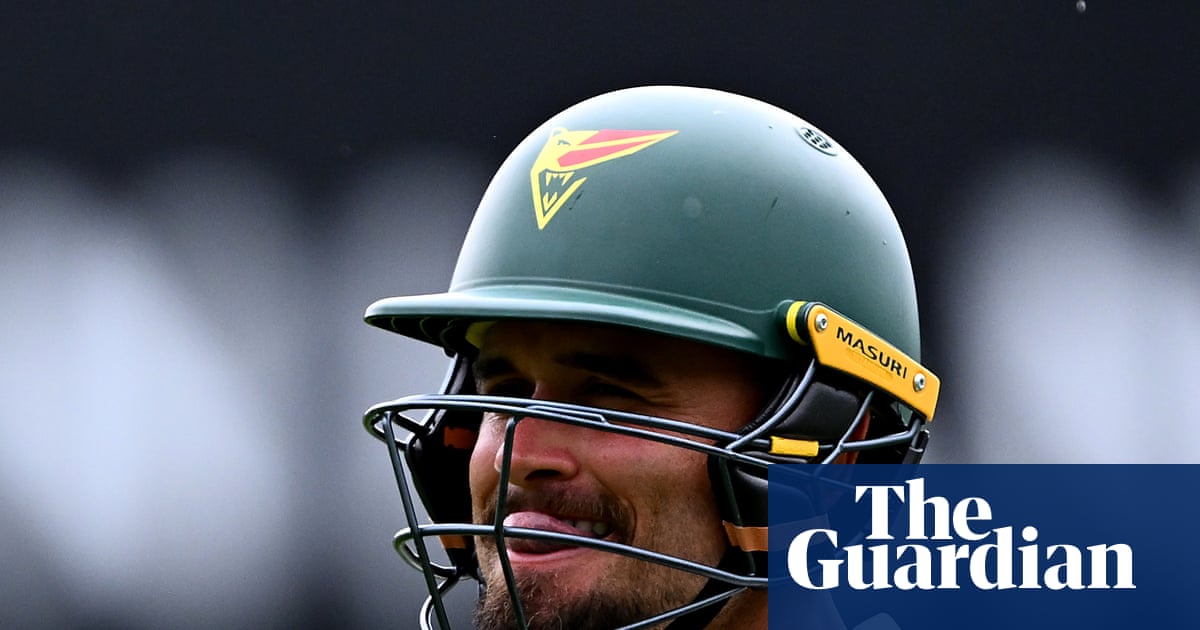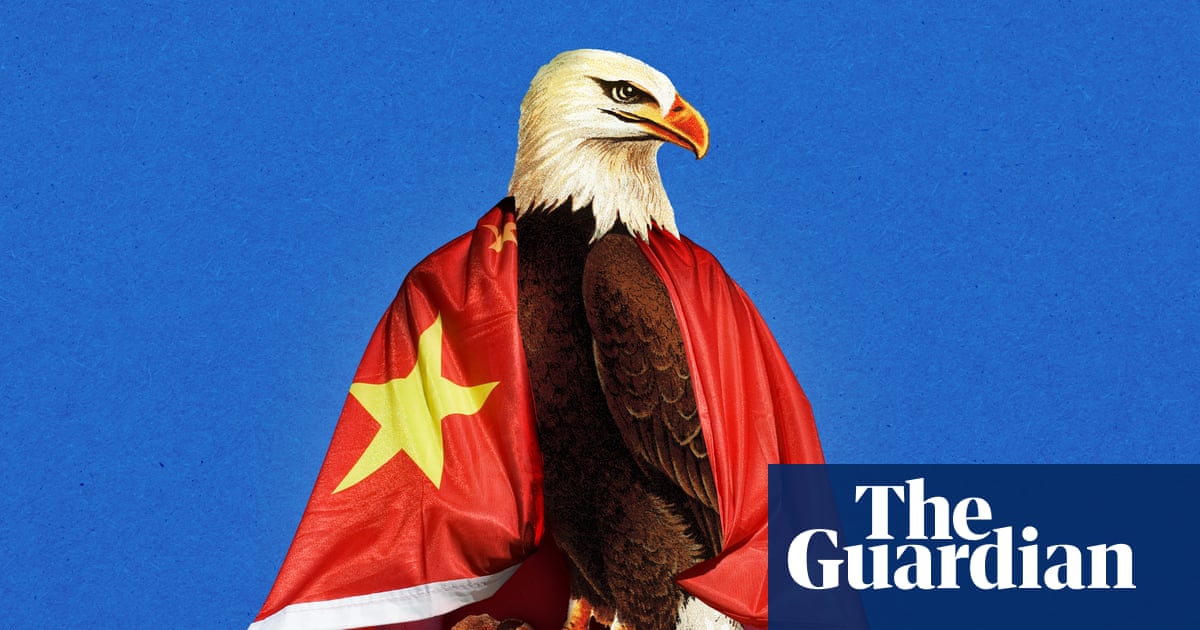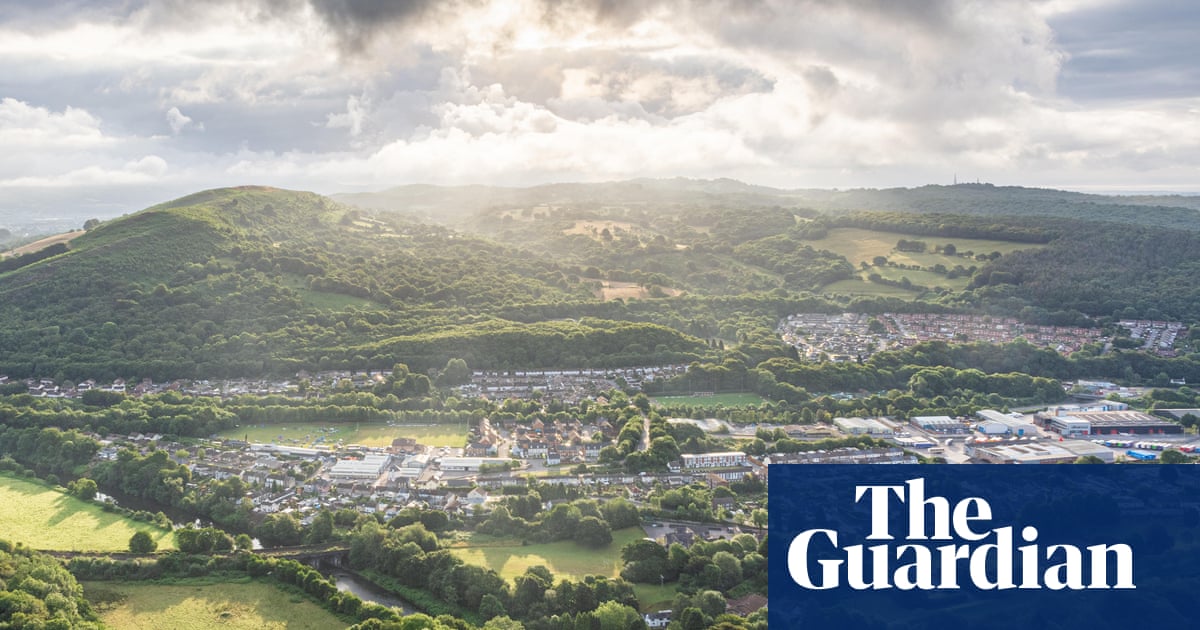Should we be organising mass culls of foxes and crows in order to save the plummeting numbers of curlews? That is the argument put forward by certain bird conservation groups.
The curlew, one of the most charismatic birds in the UK, with their curved beaks and distinctive call, has been disappearing from the countryside, declining by 60% in 25 years. It’s just one of a number of ground-nesting birds which are vanishing – research has found that they are 86% more likely to decline than birds with other nesting strategies.
The roots of the problem are complex. Farming practices such as running heavy machinery down fields to cut grass for silage are partly to blame for the decline. The machines chop up the eggs and chicks, hidden in the grass.
But the additional issue is that the way humans currently manage the UK countryside has caused a population boom of foxes, crows and other mesopredators in some areas, and that is putting ground-nesting birds at risk.
Over centuries, most large predators such as eagles, lynx and wolves, which would usually keep the numbers of foxes and crows under control, have been hunted in the UK to extinction or near extinction. Farming practices have meant plentiful food for foxes and crows is left in fields, from crops to animal carcasses, including the tens of millions of fat, domesticated, easy-to-catch pheasants which are released every year for shooting.
But these mesopredator animals like to feed on the eggs and young of ground-nesting birds. So is it time to talk about a fox cull, wonders conservationist and writer Mary Colwell, who runs the charity Curlew Action? She has been campaigning to save the curlew for years, and although she hates the idea of shooting a fox and would never do it herself, she suggests that a “serious conversation” needs to be had.
“Curlew chicks and eggs are incredibly vulnerable to the activities that we do on the ground,” she told the Groundswell farming conference earlier this summer. “So when I say curlews have declined by 60% in 25 years, it’s not that the adults are dying. Adults survive really, really well, it’s that they cannot get enough eggs and chicks away to replace the population.”
She says a growing number of conservationists feel culls may be the only way to remedy the situation. “In the UK we have huge numbers of what’s called mesopredators. Every single one of those creatures is an absolutely wonderful bit of natural of Britain’s natural history in its own right. But there are so many now, and the decline of ground nesting birds is so severe, that the two are coming together to create a catastrophe for ground nesting creatures. There is a huge agreement on how to protect red listed birds like curlews, and predator control is absolutely central to that.
“I couldn’t do it. I can’t lift a gun and shoot a fox. But I know it needs to be done if we want curlews, and that’s the societal question.”

But some disagree that predator control is the answer. Dr Ruth Tingay, co-director of campaign group Wild Justice, said: “Lethal control of some generalist predatory species will not solve the long-term issue of their over-abundance, which is a direct result of the mismanagement of our countryside.
after newsletter promotion
“The three main long-term issues that need to be addressed include intensive agriculture, where silage making increases feeding opportunities for carrion crows and reduces the breeding success of curlews; the annual release of up to 60 million non-native pheasants and red-legged partridges, which sustain artificially-high numbers of predators and scavengers; and the illegal killing of birds of prey, including species such as goshawks which would otherwise limit the populations of mesopredators and scavengers”.
Dr Tingay accepted that in the short-term “there may be justification for targeted and limited predator control for specific nature conservation purposes”, but this should be done “only as a last resort and only where robust scientific evidence shows there to be a need”.
The Royal Society for the Protection of Birds agrees that this should only be done as a last resort. A spokesperson said: “Legal predator control should always be used as a last resort when other methods have failed. However, non-lethal methods are not always practical or effective and sometimes predator control can be carried out to give populations of ground nesting birds a lifeline whilst the main causes of their decline, such as habitat loss are addressed.”
Colwell says we need to ask ourselves if we can bear to shoot these animals to save ground-nesting birds: “It’s not a nature decision, because there’s nothing natural about this country at all. Everything is managed. So yes, if we want these ground nesting birds, we need a damn sight more predator control than we do at the moment. Are we prepared to do it? And are the NGOs prepared to look their membership in the eye and say, this is what needs to be done? Let’s wait to see. But I think there’s been a change, but it’s for all of us to decide, if that’s the price we want to pay.”

 1 month ago
50
1 month ago
50

















































